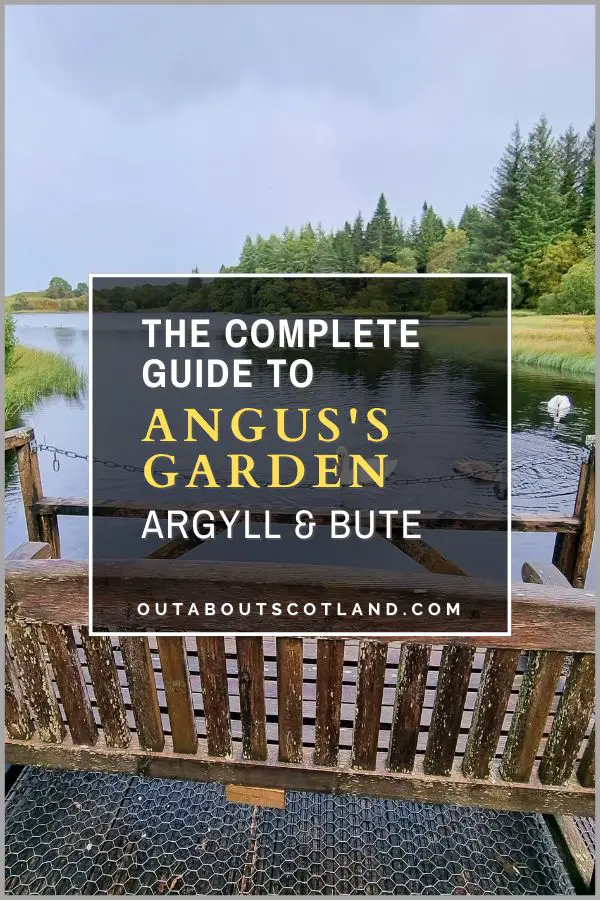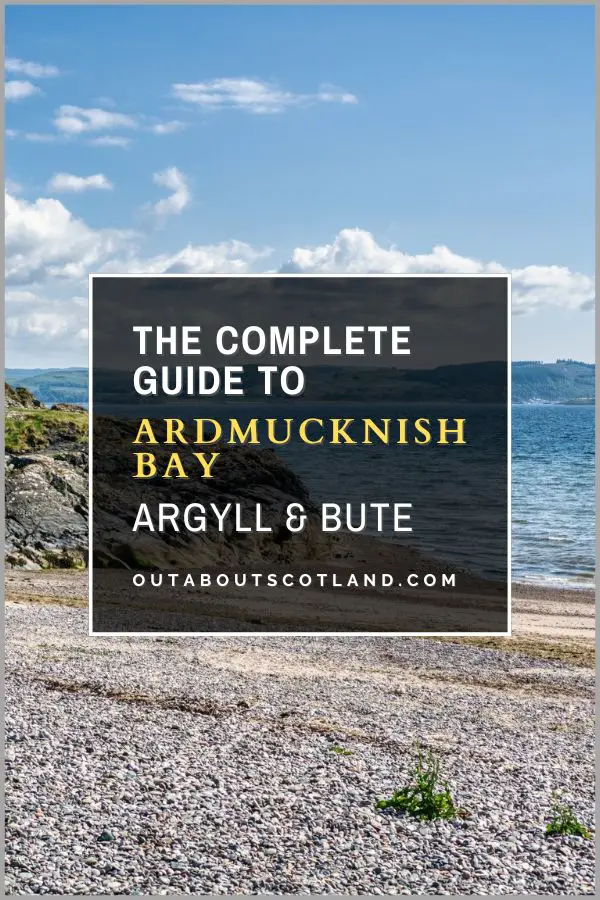Bonawe Historic Iron Furnace near Taynuilt in Argyll & Bute is a restored ironworks that was founded in 1753. Although operations ceased in the 1870s, it has since come under the management of Historic Environment Scotland and is now a popular tourist attraction where visitors can explore the abandoned smelting buildings, storehouses, and ironworks.
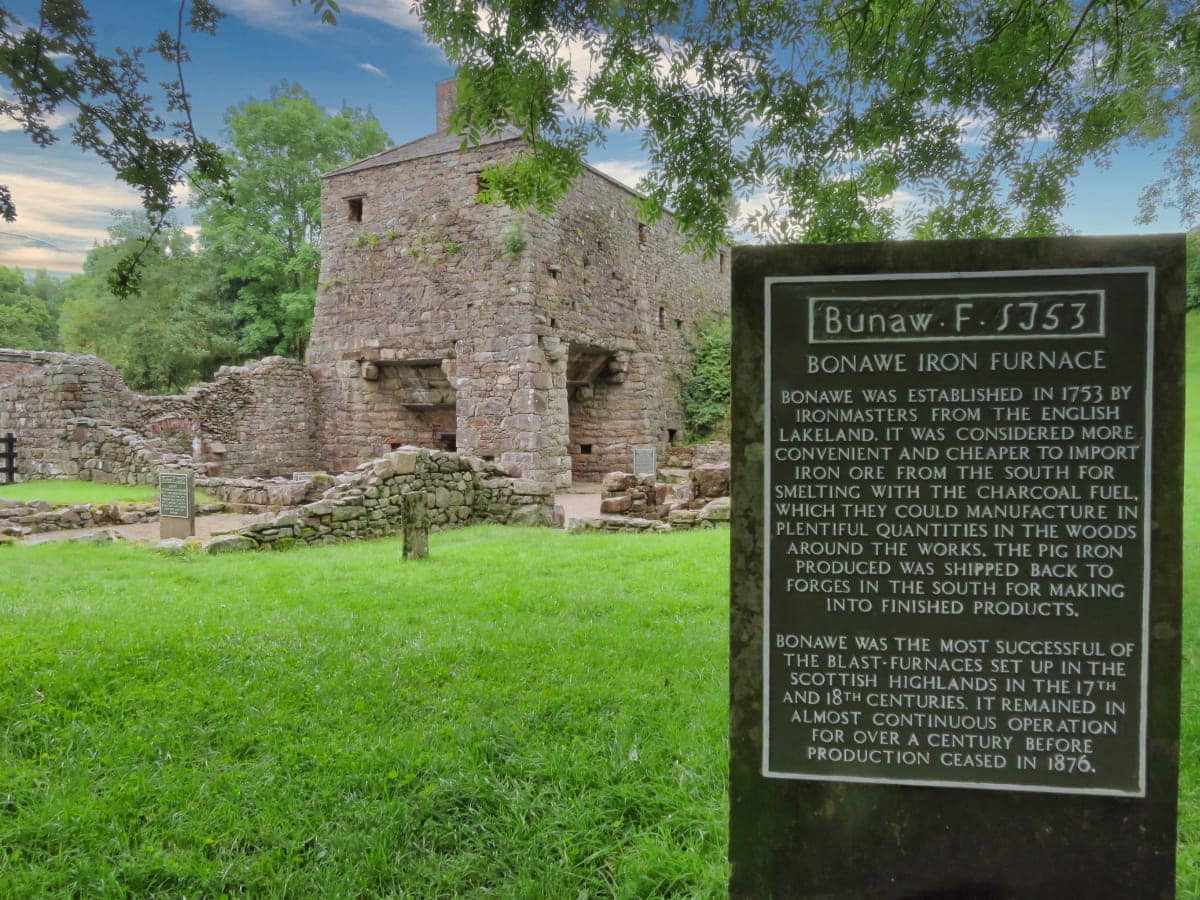
| Address: | Taynuilt, Argyll, PA35 1JQ |
| Opening Hours: | 1 Apr to 30 Sept: Daily, 10 am to 4 pm 1 Oct to 31 Mar: Closed |
| Admission Price: | Adult: £6 Child: £3.60 Concession: £4.80 Family (1 adult, 2 children): £12 Family (2 adults, 2 children): £17 Family (2 adults, 3 children): £20.50 |
| Parking: | Free car park on-site |
| Contact: | 01866 822 432 |
| Facilities: | Shop, toilets, water refill |
| Photos: | Virtual Tour YouTube Video |
Overview
When you visit this historic site, the first thing that strikes you is how strange it is that an industrial complex was built in such a scenic setting, but it makes perfect sense once you dig a little deeper into Bonawe’s history. Back in 1753, when the ironworks were built, pig iron was at the heart of Britain’s industrial revolution, and three ingredients were needed to make it.
The first was limestone, which was found in plentiful supply in Northern Ireland and could be easily transported to Bonawe via Loch Etive. The second was charcoal to power the enormous furnaces, which was found in almost unlimited quantities in the surrounding Argyll forests. The third ingredient was iron ore, and again, this was easily brought to the ironworks from Cumbria thanks to the sailing routes from the west coast of England via Loch Etive.
So that’s three materials that were needed in vast quantities, and all were readily available in the scenic setting of Bonawe. The availability of raw materials is the reason why the furnace became such a success and why, in its heyday, it produced more than 700 metric tonnes of pig iron every year for well over one hundred years.
At its heart, the ironworks featured two blast furnaces where the iron was smelted. It also had casting sheds, blowing houses (where water wheels powered the air blast to the furnaces), charcoal sheds, and other ancillary buildings necessary for its operations.
What’s left of the old industrial complex today is just a collection of empty buildings, but thanks to the efforts of Historic Environment Scotland, wandering around the site is a fascinating experience thanks to a number of informative displays dotted around the site, meaning a visit is both enjoyable and educational.
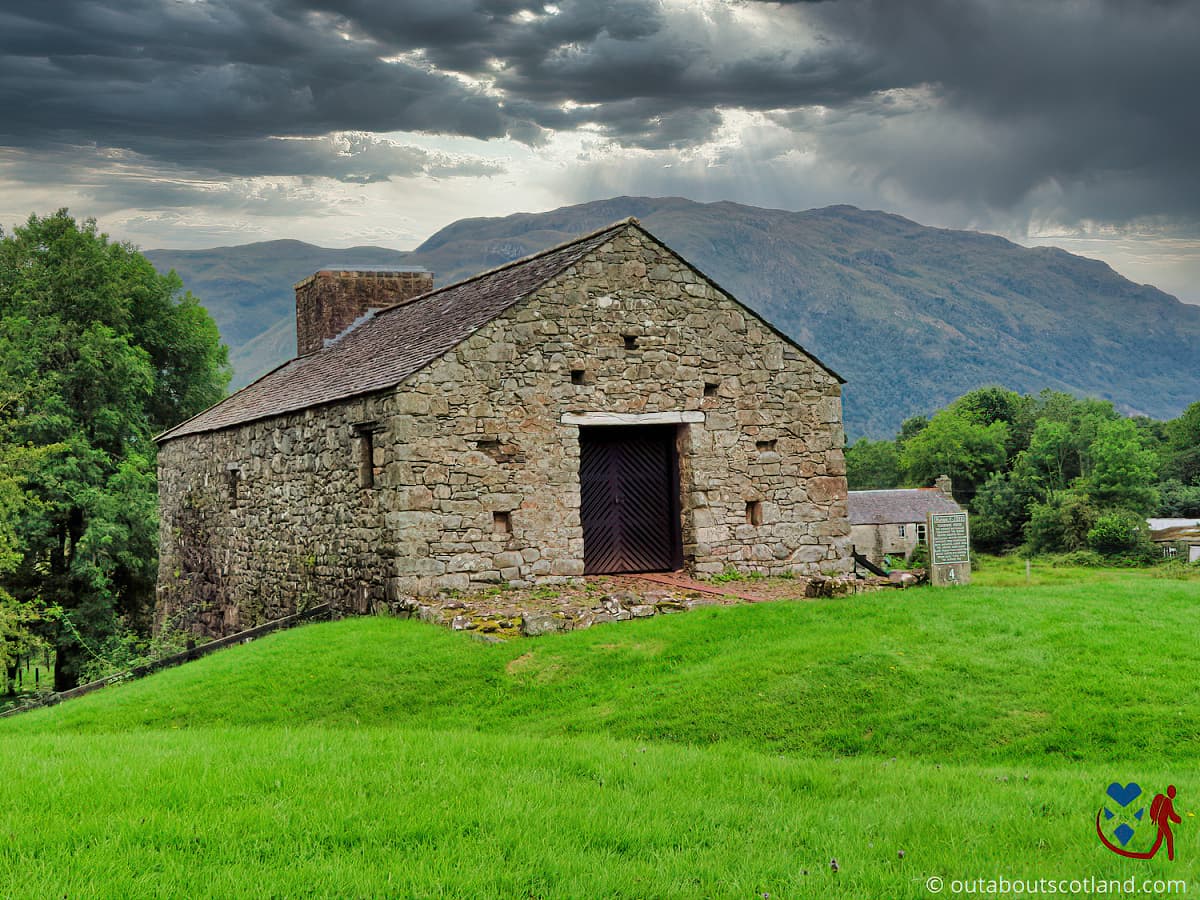
Book Tours in Scotland
The Highlights
1: Bonawe Iron Furnace is a small attraction, but it’s located in one of the nicest parts of the Highlands. Before entering the site, take a drive to Bonawe Pier (postcode PA35 1JQ) and soak up the scenery.
2: The Bonawe furnace is a genuinely interesting glimpse into Scotland’s industrial past. There aren’t many sites like this left in the country.
3: Kids will love exploring the nooks and crannies of the old buildings, and adults will love both the interesting history and the stunning views across Loch Etive.
Visiting Tips
1: Although there isn’t a café at Bonawe Iron Furnace, there are bench seats on the site, so take a picnic and enjoy alfresco dining with a view to remember.
2: Visit the nearby Glen Nant National Nature Reserve after you’ve been to Bonawe Iron Furnace if you’re looking for somewhere to take a good walk.
3: This attraction isn’t far from Oban so you might consider taking a look around other historic places of interest, such as McCaig’s Tower and Dunollie Museum.
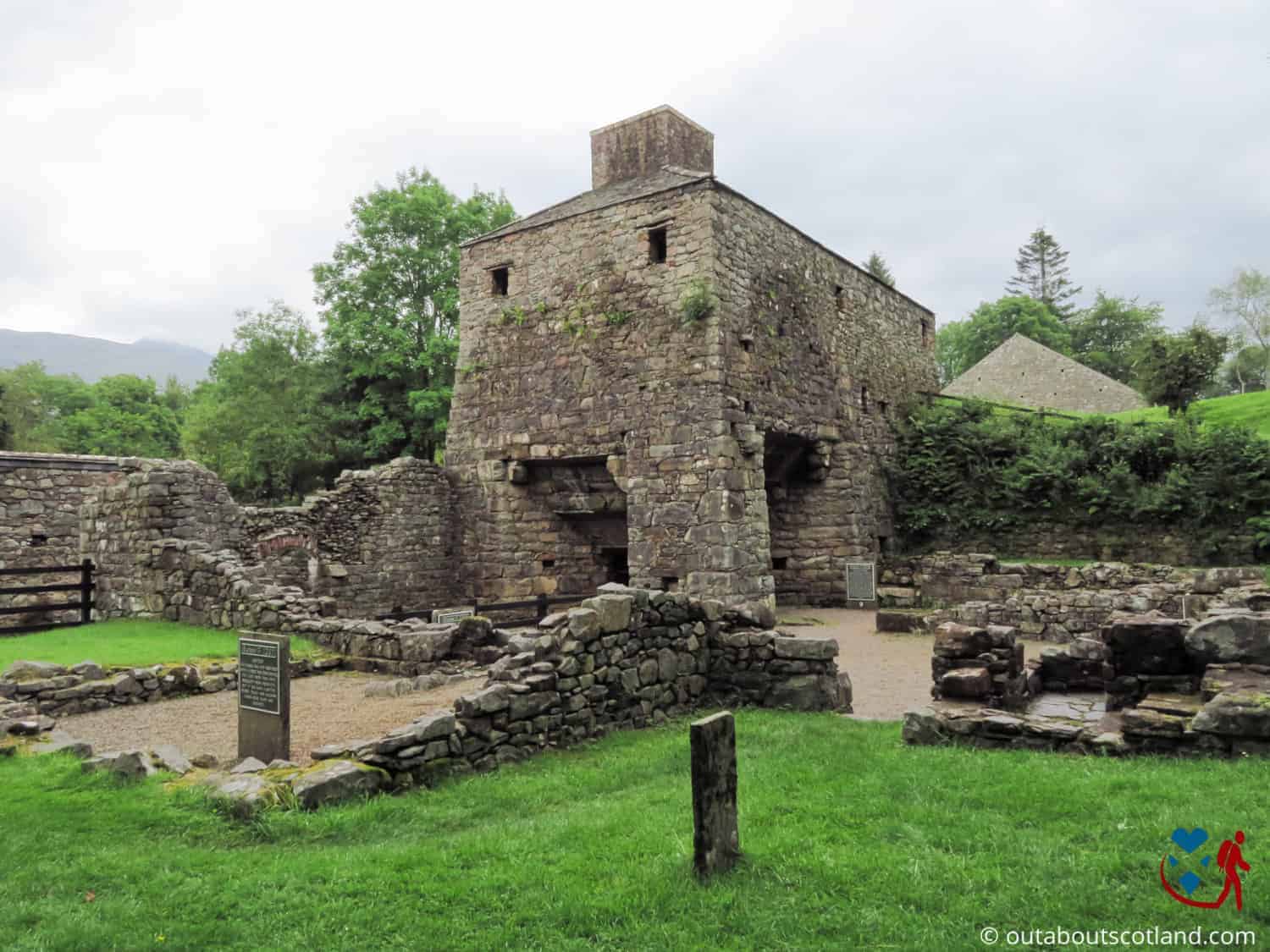
Protect Your Family From Scotland's Biting Midges
- Powerful, reliable protection for up to 8 hours
- Water- and sweat resistant
- Repels midges, mosquitoes, horse flies, sand flies, fleas and ticks
- Safe for use on adults, children over 30 months and pregnant women
- Non-sticky, moisturising with a pleasant fragrance
- Packaging may vary
Tourist Information
As far as historic sites go, this is one of the smaller ones in HES’s catalogue, but it’s as interesting as any of the others the trust has in its care. Finding it can be a wee bit tricky, as although there are signs pointing the way, they’re few and far between, so if you’re not familiar with the area you might want to enter Bonawe’s postcode (PA35 1JQ) into your satnav. However, as with every attraction in the Highlands, you’ll make life much easier if you have an Ordnance Survey map with you.
Buy OS Landranger maps direct from Ordnance Survey.
On entering the historic attraction you’ll find a small car park next to the visitor centre, and there’s a short walk on easy-access paths through the turnstile to reach the first building, which is the charging house. This is where the raw materials to make iron were loaded, and it would have been a raging inferno back in the day, which is difficult to imagine now that the furnace is nothing but a hole in a wall with a chimney sticking out of the top.
As always, HES has done a good job of ensuring visitors can learn about each building during their visit thanks to a collection of very informative information panels. Some of these panels describe the process by which pig iron was made, and you’ll also learn a lot of facts about Scotland’s industrial heritage during your time at Bonawe.

One thing that surprised me was the fact that at one time Bonawe employed more than 600 people – more than most industrial complexes employ today. This was mainly because keeping the furnace stoked with charcoal was incredibly labour-intensive and required a small army of men to harvest wood from the surrounding forests. One of these forests, the Glen Nant National Nature Reserve – is open to visitors, so you might want to go for a walk through it after you’ve visited the old ironworks.
Moving on from the charging house will lead you on a rough grass track to the rest of the site where you can explore the iron ore sheds and the cavernous charcoal sheds, all of which are open and offer plenty of nooks and crannies for children to explore. Note that access is over rough grass, so it might not be suitable for wheelchairs or pushchairs.
There are a couple of displays in some of the buildings, so it’s not just a collection of empty rooms, but even so, it won’t take you long to see everything the attraction has to offer, and I’d plan no more than one hour for your visit. That being said, the surrounding area is stunning, and I can say with confidence that you’ll be able to find lots of stunning walking trails after you’ve visited Boneawe Iron Furnace.
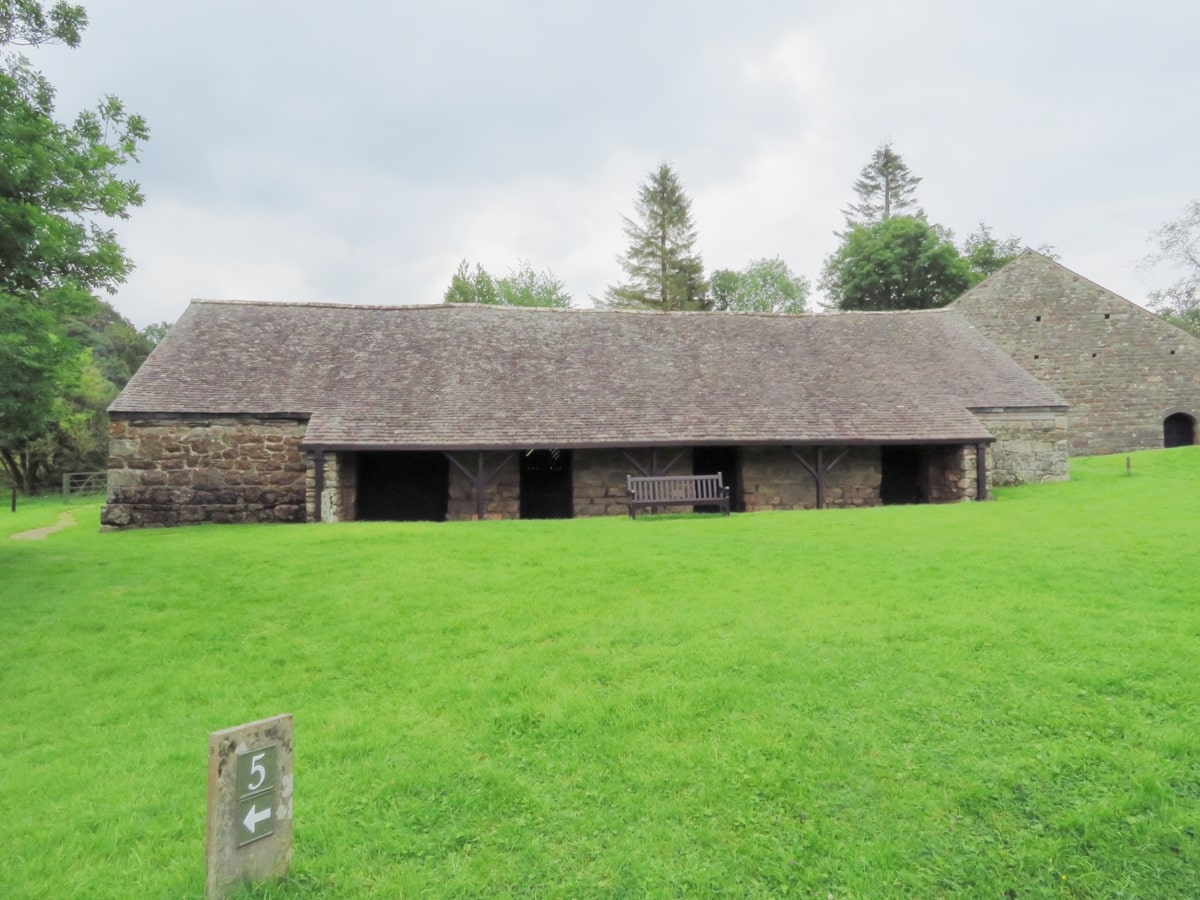
Things to Do
Explore the Furnace: The Bonawe Iron Furnace, built in 1753, is a remarkable testament to Scotland’s industrial past. Visitors can explore the original furnace, lade, and enormous charcoal sheds. The site offers detailed information about how iron was made over 200 years ago at a time when it employed over 600 people.
Enjoy the Scenic Views: Situated close to the shores of Loch Etive, the iron furnace offers stunning views of the surrounding landscape. You can take a leisurely stroll down to the loch, soak in the peaceful atmosphere, and capture beautiful photographs of the towering Ben Cruachan mountain.
Visit the Exhibition: The site houses an exhibition that provides an in-depth look into the history of iron production, the lives of the workers in the 18th century, and the impact of the industry on the Highlands. The exhibition includes several artefacts and information panels that provide visitors with a comprehensive understanding of the site.
Picnic by the Loch: There are several picnic spots by the loch, making it a perfect place for a family outing. Enjoy your lunch with a view of Loch Etive from the car park at Bonawe Pier. It’s an ideal spot to relax and unwind, and the scenery is outstanding.
Wildlife Spotting: The area around the Bonawe Iron Furnace is rich in wildlife. Keep an eye out for various bird species, and if you’re lucky, you might even spot red deer in the nearby woods and otters on the loch’s shoreline.
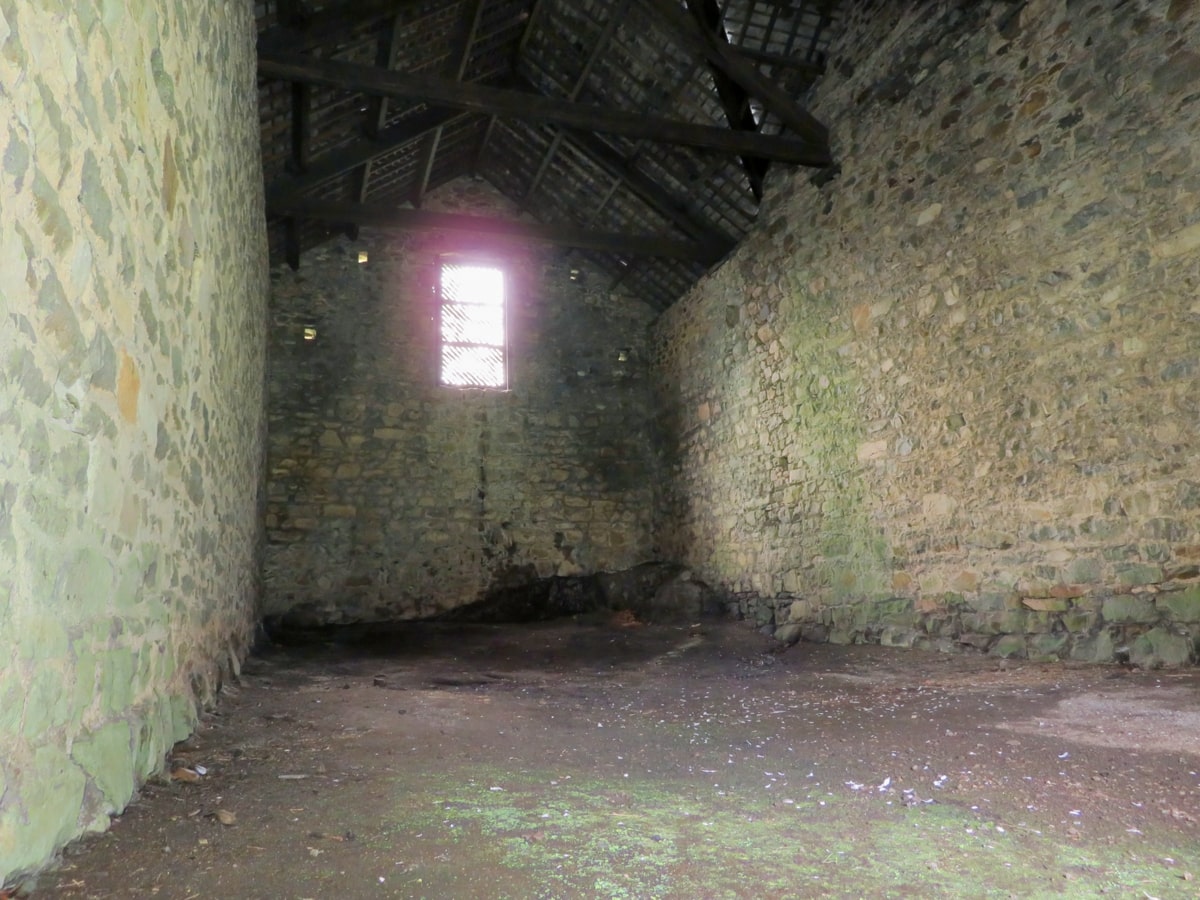
Book Tours in Scotland
Things to Do Nearby
St. Conan’s Kirk. Lochawe, Dalmally PA33 1AQ. 17-minute drive.
One of the most beautiful historic buildings in Scotland, in a similar vein to Rosslyn Chapel. This privately-run church is free to enter and welcomes people to view the ornate stone and woodwork carvings.
Ben Cruachan Dam. Dalmally PA33 1AN. 12-minute drive, 40-minute walk.
Large man-made dam on the side of Ben Cruachan mountain that powers the Cruachan power station. The walk up the mountainside is easy thanks to the tarmac link road that runs from the A85 to the dam.
Glen Nant National Nature Reserve. Taynuilt PA35 1JG. 11-minute drive.
An expansive forest with a variety of walking trails. The trails range from open woodland that offers elevated views across North Argyll to short gravelled paths suitable for wheelchair users.
Cruachan Visitor Centre. Cruachan Power Station Lochawe, Dalmally PA33 1AN. 12-minute drive.
This attraction takes visitors deep inside the ‘hollow mountain’ to marvel at the power station built underground. The visitor centre is set in a great location next to Loch Awe and includes a gift shop and café.
Loch Etive. 5-minute drive.
A 20-mile sea loch that exits Scotland’s west coast at Ardmucknish Bay a few miles north of Oban. Loch Etive offers pleasure cruises along its length where passengers can see seal colonies and white-tailed eagles.
Frequently Asked Questions
How did an old iron furnace work?
An old iron furnace was a structure where iron ore was smelted to produce wrought iron or pig iron. Here is the basic process:
1: Iron ore, limestone, and charcoal (or coke, a coal product) were loaded into the top of the furnace. These raw materials would fall into the furnace as the lower layers were consumed.
2: A blast of hot air, sometimes with added oxygen, was directed into the furnace at the bottom. This air blast burned the coke, which produced heat to melt the iron ore.
3: The limestone acted as a flux, which combined with impurities in the iron ore to form slag. Slag was lighter than the molten iron and floated on top of it.
4: The molten iron, now free of impurities, was tapped from the bottom of the furnace and then cooled and shaped as desired.
5: The slag could also be drained off and used for other purposes.
When was the iron-smelting furnace built in Scotland?
The Richard Ford-owned Newland Company constructed Bonawe Iron Furnace in 1753.
What were old iron furnaces used for?
Bonawe Iron Furnace made pig iron for export, but it also produced cannonballs during the Napoleonic Wars.
The location at Bonawe was chosen because the forests of Argyll offered an almost unlimited supply of charcoal.
What is the difference between Historic Scotland and Historic Environment Scotland?
Historic Scotland was the executive agency of the Scottish Government that was responsible for historic monuments in Scotland until 2015. In 2015, it was merged with the Royal Commission on the Ancient and Historical Monuments of Scotland to form Historic Environment Scotland. Historic Environment Scotland is now the lead public body that investigates, cares for and promotes Scotland’s historic environment.
Protect Your Family From Scotland's Biting Midges
- Powerful, reliable protection for up to 8 hours
- Water- and sweat resistant
- Repels midges, mosquitoes, horse flies, sand flies, fleas and ticks
- Safe for use on adults, children over 30 months and pregnant women
- Non-sticky, moisturising with a pleasant fragrance
- Packaging may vary



